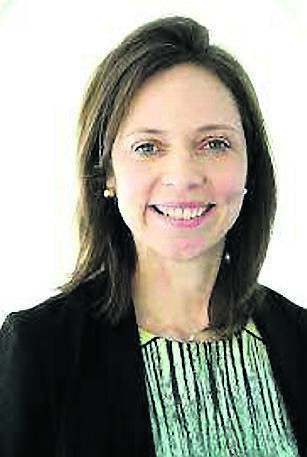Report shows gender pay gaps largest in Ireland's legal, aviation, and insurance sectors

PwC said that more female representation at more senior levels is critical to eliminating or reducing the wage gap.
Ireland's legal profession saw a 6% deterioration in its gender pay gap, despite the overall economy seeing a 1.4% improvement last year.
New analysis by PwC of gender pay gap reports from more than 550 Irish firms found the mean hourly gender pay gap across all companies is 11.2%, down from 12.6% last year.
This compares to a national gender pay gap of 9.6%, according to the CSO and an EU average gender pay gap of 12.7% (2021) based on Eurostat data.
According to PwC, the largest gender pay gaps are in the legal profession at 35.1%, which is a 6% deterioration on the previous year.
This is followed by the aviation sector at 33.5%, insurance at 22.9%, banking at 18.9% and construction at 21%.
Retail, administration, government/health, and charities continue to report single-digit gender pay gaps with minor movements over the two years.
Aviation experienced the largest improvement of 4% in the gender pay gap compared to last year.
PwC said that more female representation at more senior levels is critical to eliminating or reducing the wage gap and that the mandatory reporting of disclosures on pay quartiles was key to understanding the representation of males and females in the workforce.
Three-quarters of companies analysed demonstrated a greater relative concentration of males in the ‘highest-paid’ quartile.

They also found that female participation in the workforce plays a significant role in shaping the gender pay gap.
Just under a quarter of the total workforce in construction and engineering companies that reported gender pay gap numbers were females, with most of these in the lower and lower middle quartile.
On the other hand, 50.8% and 69.5% of the total workforce in retail and healthcare respectively were females.
Doone O’Doherty, PwC Ireland people leader and workforce tax partner, said the improvement year-on-year is not due to a single initiative or effort.
"Gender pay gaps are created by a complex combination of factors, including female workforce participation, promotion rates, allocation of performance ratings, access to the best opportunities to progress, and recruitment criteria," she said.

"In some organisations, for example, flexible working or changes to recruitment processes may have a pronounced effect.
"It’s critical to understand the nature and origin of the problem and not jump to convenient conclusions or make generalisations.
"The starting point should always be the organisation’s own data and experience."
From this year, companies with 150 employees or more will have to begin publishing gender pay gap reports.
The analysis highlights that closing the gender pay gap can take time, pointing out that hiring more relatively low-paid women to nurture those individuals as they climb the ladder to more senior, higher-paid roles, would make the gender pay gap worse in the short-term.
In the longer term, however, if that female talent can be retained and developed, the gender pay gap will narrow and the organisation’s gender pay gap will be better at every level.
"The pressure is now on companies with 250 or more employees to demonstrate progress on the efforts that they are making to reduce their gender pay gap," Ms O'Doherty said.
"This may include reviewing and amending people policies and processes from recruitment to retention and promotions.
"Focus and momentum are needed to continuously evaluate the organisational strategy in addressing the gender pay gap and refine measures to sustain meaningful change."















